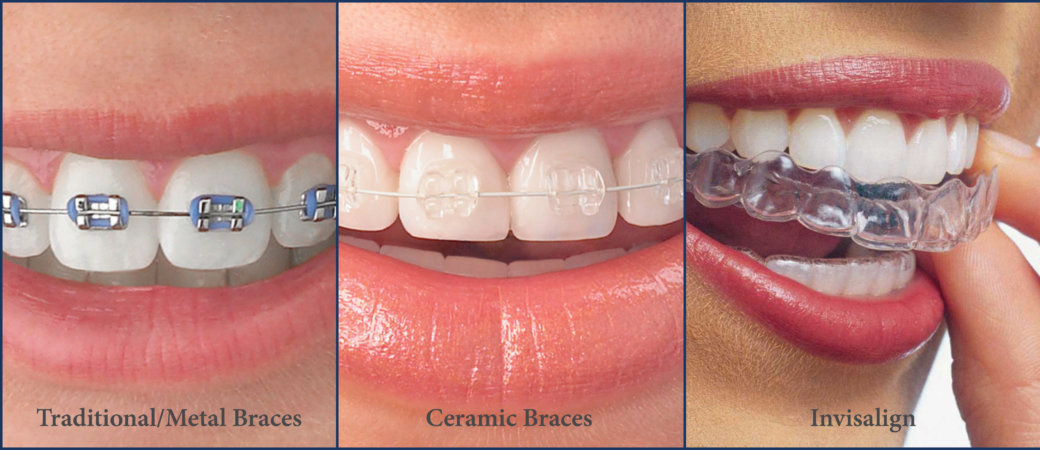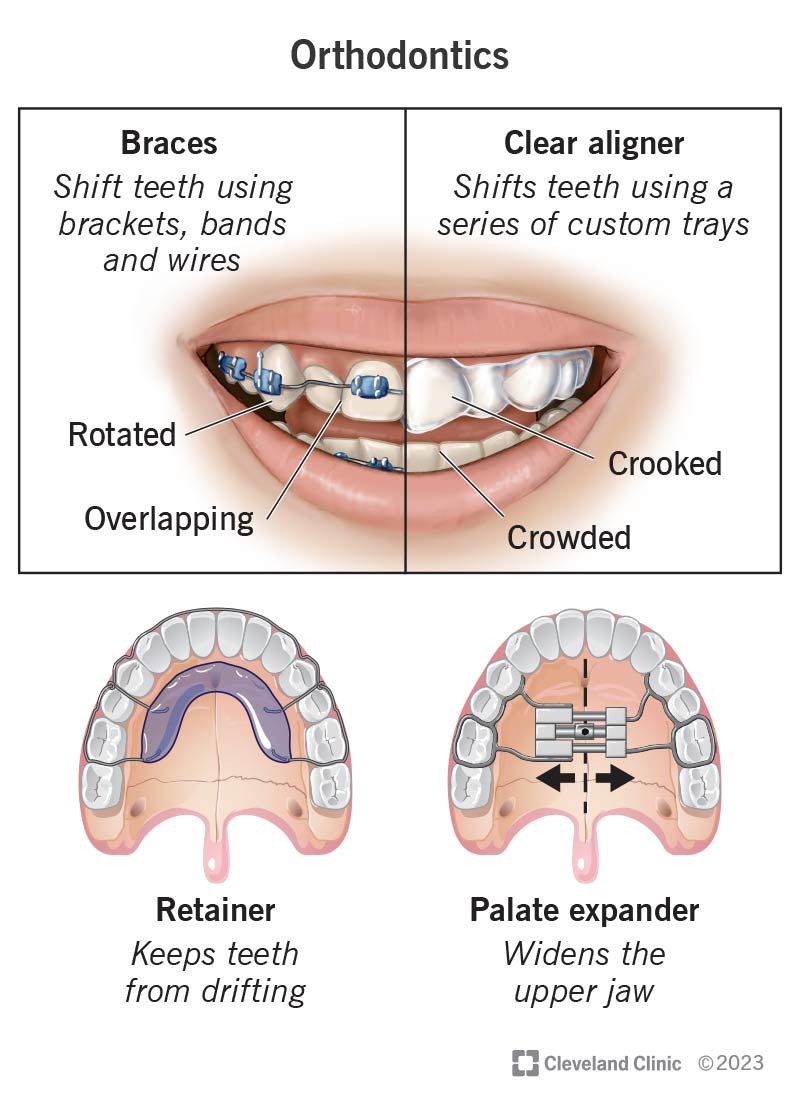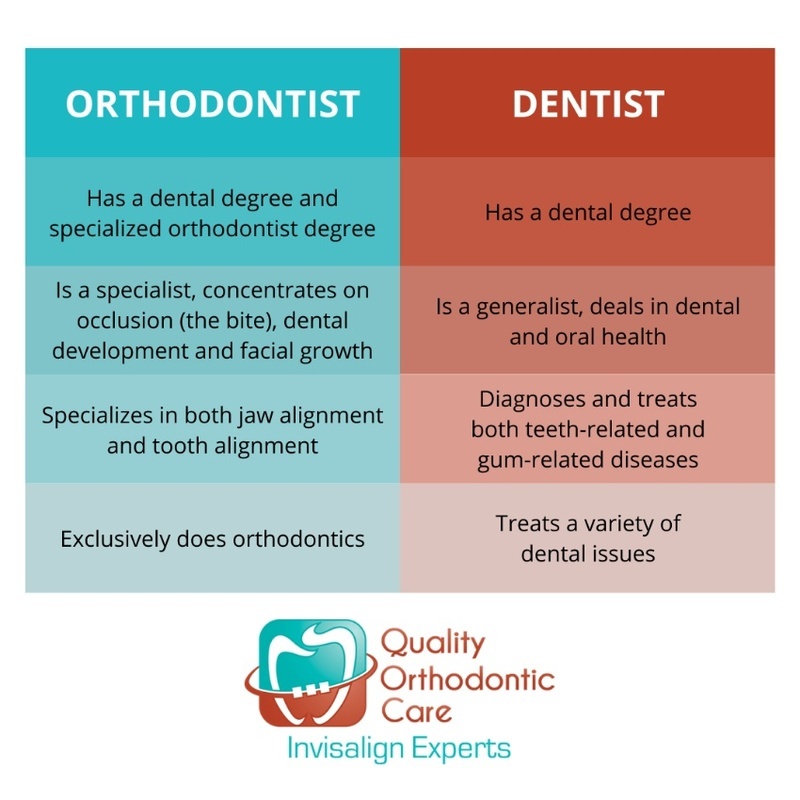3 Easy Facts About Causey Orthodontics Explained
Table of ContentsCausey Orthodontics Fundamentals ExplainedThe Buzz on Causey OrthodonticsThe Of Causey OrthodonticsCausey Orthodontics for BeginnersCausey Orthodontics Fundamentals Explained
Overlooking occlusal partnerships, it was common to remove teeth for a selection of oral concerns, such as malalignment or congestion. The idea of an undamaged teeth was not extensively valued in those days, making bite relationships appear unimportant. In the late 1800s, the concept of occlusion was crucial for producing reputable prosthetic substitute teeth.As these ideas of prosthetic occlusion proceeded, it ended up being an indispensable device for dentistry. It remained in 1890 that the work and effect of Dr. Edwards H. Angle started to be felt, with his payment to modern-day orthodontics particularly significant. Focused on prosthodontics, he showed in Pennsylvania and Minnesota prior to directing his interest in the direction of oral occlusion and the treatments needed to preserve it as a regular condition, therefore becoming known as the "papa of contemporary orthodontics".

The idea of excellent occlusion, as proposed by Angle and included right into a category system, allowed a shift in the direction of dealing with malocclusion, which is any type of variance from normal occlusion. Having a complete collection of teeth on both arcs was extremely searched for in orthodontic therapy because of the demand for exact relationships in between them.
Not known Incorrect Statements About Causey Orthodontics
As occlusion ended up being the key top priority, face proportions and looks were overlooked - family orthodontics. To accomplish perfect occlusals without making use of outside forces, Angle proposed that having perfect occlusion was the finest means to obtain maximum face aesthetic appeals. With the passing of time, it ended up being rather evident that even an extraordinary occlusion was not ideal when thought about from an aesthetic factor of view
Charles Tweed in America and Raymond Begg in Australia (that both examined under Angle) re-introduced dentistry extraction right into orthodontics during the 1940s and 1950s so they could enhance facial esthetics while also ensuring far better security worrying occlusal partnerships. In the postwar period, cephalometric radiography started to be utilized by orthodontists for determining adjustments in tooth and jaw position triggered by development and therapy. It became obvious that orthodontic therapy can change mandibular growth, causing the formation of useful jaw orthopedics in Europe and extraoral pressure measures in the United States. Nowadays, both useful appliances and extraoral gadgets are applied around the globe with the goal of amending development patterns and kinds. Consequently, pursuing true, or a minimum of improved, jaw relationships had become the main objective of therapy by the mid-20th century.
Not known Factual Statements About Causey Orthodontics
 The American Journal of Orthodontics was created for this purpose in 1915; prior to it, there were no scientific purposes to follow, neither any kind of accurate category system and brackets that lacked functions. Until the mid-1970s, braces were made by covering metal around each tooth. With innovations in adhesives, it became possible to rather bond steel brackets to the teeth.
The American Journal of Orthodontics was created for this purpose in 1915; prior to it, there were no scientific purposes to follow, neither any kind of accurate category system and brackets that lacked functions. Until the mid-1970s, braces were made by covering metal around each tooth. With innovations in adhesives, it became possible to rather bond steel brackets to the teeth.Andrews provided an informative definition of the excellent occlusion in permanent teeth. This has had significant results on orthodontic treatments that are administered consistently, and these are: 1. Appropriate interarchal relationships 2. Appropriate crown angulation (tip) 3. Right crown inclination (torque) 4. No turnings 5. Limited get in touch with factors 6. Flat Contour of Spee (0.02.5 mm), and based upon these concepts, he uncovered a therapy system called the straight-wire appliance system, or the pre-adjusted edgewise system.
The benefit of the style hinges on its bracket and archwire combination, which requires only marginal cord flexing from the orthodontist or medical professional (cheapest orthodontist near me). It's aptly called hereafter function: the angle of the slot and thickness of the brace base inevitably figure out where each tooth is located with little need for added adjustment
Causey Orthodontics Fundamentals Explained
Both of these systems utilized the same brackets for each and every tooth and required the flexing of an archwire in three airplanes for locating teeth in their preferred placements, with these bends dictating utmost placements. When it pertains to orthodontic devices, they are split right into two types: detachable and fixed. Removable devices can be taken on and off by the individual as called for.

Therefore, nearly all modern fixed appliances can be considered variants on this edgewise home appliance system. Early 20th-century orthodontist Edward Angle made a major payment to the world of dental care. He developed 4 distinct home appliance systems that have actually been utilized as the basis for lots of orthodontic therapies today, barring a couple of exceptions.
Causey Orthodontics Things To Know Before You Get This

The cord finished in a thread, and to relocate onward, a flexible nut was utilized, which allowed for a rise in area. By ligation, each private tooth was connected to this large archwire (affordable orthodontist near me). Because of its limited array of movement, Angle was unable to attain exact tooth positioning with an E-arch
These tubes held a firm pin, which might be rearranged at each visit in order to move them in location. Dubbed the "bone-growing home appliance", this contraption was thought to encourage much healthier bone growth because of its potential for moving force directly to the origins. Implementing it verified troublesome in truth.